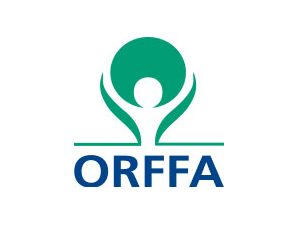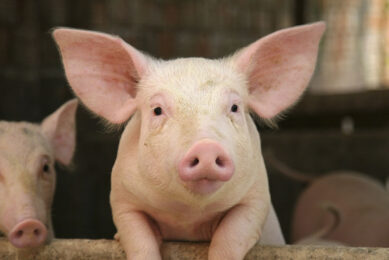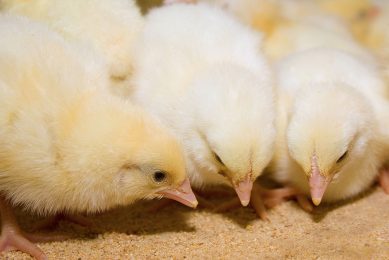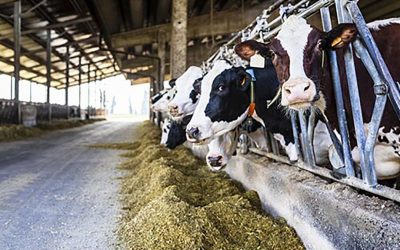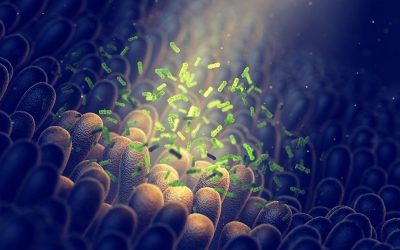The importance of de novo Selenocysteine inside animals

The importance of de novo Selenocysteine (SeCys) inside the animal cannot be underestimated. Its incorporation in numerous Selenoproteins enables animals to combat oxidative stress resulting from growing, heat, reproduction, etc.
Without de novo SeCys the animal would stand no chance against the oxidation of lipids, proteins and DNA. Finally, impairing the optimal functioning of its metabolism. The optimal production of de novo SeCys and its presence in tissues is therefore crucial. This article explains the metabolic pathway involved and the difference between selenium sources regarding the optimal supply of de novo SeCys.
De Novo SeCys – the metabolic pathway
Selenoproteins, next to other factors (e.g. vitamin E, vitamin C) are vital parts of the antioxidant system. A less well-known selenoprotein is thioredoxin reductase 1 (TrxR1). Like all selenoproteins it contains de novo SeCys. The amino acid is essential for the activity (=catalytic function) of this enzyme and all other selenoproteins. TrxR1, specifically, is part of the thioredoxin (Trx) system. This system is a key player in redox homeostasis in mammals, along with the well-known Glutathione peroxidase 1 (GPx-1). It is important to state that the active component in both enzymes is a newly generated SeCys or de novo SeCys.
Taking a closer look at the metabolism (see Figure 1), it shows that all Se sources (organic and inorganic) entering the animal through the feed are metabolised to selenide (H2Se). Selenide will be transformed, in the liver, to de novo SeCys and used in Selenoprotein synthesis (e.g. GPx-1, TrxR1). Selenide will not function as a reserve of Se in the body and excess selenium needs to be excreted otherwise toxic reactions can take place. The excretion will be via urine, in the form of selenosugars and trimethyl selenium, or via breath and faeces, in the form of dimethyl selenide. The only exception is L-selenomethionine (L-SeMet). This organic Se compound can directly, without conversion, be incorporated in animal proteins (e.g. muscle tissue, eggs, milk).
Releasing L-SeMet from the proteins
When oxidative stress is high and Se supply via the feed is limited, L-SeMet will be released from the proteins due to protein turnover and provide selenium for the production of selenoproteins. SeCys from the diet (from raw materials or in selenised yeast) on the contrary, cannot be stored and will be converted directly to selenide before being metabolised, between others, to de novo SeCys. This general pathway is also followed by all other Se compounds. For example, sodium selenite (SS) will also provide selenium for the production of de novo SeCys trough selenide.
It can be deduced from the metabolism that SeCys in the diet has by consequence no added value over other Se sources (organic and inorganic) in the production of de novo SeCys. The only compound making a difference is L-SeMet. During stressful periods the intake of Se from the diet can be limited, therefore a storage of Se inside the animal, due to the addition of L-SeMet, is the only way to provide the necessary Se to the metabolism and the animal to produce selenoproteins and combat oxidative stress.

SeCys in the diet
Selenised yeasts contain next to a variable amount of Se in the form of L-SeMet also a certain percentage of the total Se in the form of SeCys. Unfortunately, the precise amount of SeCys present in selenised yeasts is hard to analyse. Over the past few years, several publications mentioned the analysis of SeCys in commercial selenised yeast samples. In 2012, it was reported that Se in the form of SeCys accounted for 2-5% of the total selenium content in several commercial selenised yeast samples. In 2013, Bierla et al., concluded that based on their inductively coupled plasma mass spectrometry (ICP-MS)-assisted proteomics approach 10-15% of the total selenium content of a selenised yeast is in the form of SeCys.
In 2016, another publication stated that the content of Se in the form of SeCys in their product was approximately 25% of the total selenium content. It can be concluded from these different sources that indeed a certain percentage of the total Se in selenised yeast is present as SeCys, unfortunately the analysis is not straightforward and therefore the result is prone to discussion. It is stated that selenised yeast contains SeCys, but what would be the added value of having SeCys in the diet as it is directly converted to selenide inside the animal, just like inorganic Se sources entering the body?
The added value of SeCys in the diet? – a Se speciation trial
A trial was performed at the Norwegian University of Life Sciences (UMB, Ås, Norway) to investigate the effect of different Se compounds on the total selenium, SeMet and SeCys content of broiler tissues (Brandt-Kjelsen et al. 2017). Ninety male chickens (Ross 308) were divided into three groups and fed with either inorganic Se as sodium selenite (SS) or organic Se as Se-enriched yeast (SY), containing an unknown amount of SeCys, or organic Se-enriched Wheat (SW). The calculated Se concentration in the dietary treatments was 0.8 mg Se/kg.
The chickens were randomly placed in separate pens and fed ad-libitum for 33 days. After slaughter, muscles (leg and breast) and liver samples were collected and Se speciation analysis was performed. The results show that a relatively high proportion of the Se from the diets was converted into bioactive, de novo, SeCys in the liver (35 ± 2.2%), but there was no significant difference between inorganic and organic Se sources. The concentration of bioactive SeCys in breast and leg muscles tissues were also irrespective of dietary treatment and similar expression patterns for genes coding for selenoproteins were detected.
Difference between dietary treatments
Regarding the SeMet content in the tested tissues, there was a clear difference between dietary treatments. This in sharp contrast with the amount of bioactive SeCys. The dietary treatments supplemented with organic Se were able to increase the Se content of breast and leg muscle more than three times. This is due to the accumulation of SeMet in the protein fraction of the tissues. They also found that organic Se (in comparison with inorganic sodium selenite) enriched a number of important processes including protein metabolism, cell growth and organ development. The researchers concluded that the SeMet could sustain the SeCys status of the chickens over time. Therefore providing a clear benefit to the animal. This conclusion is in line with other research groups, showing that dietary SeMet can deliver the highest Se deposition in animal tissue.
Conclusion
SeCys is of immense importance to the animal. The active form, incorporated in selenoproteins, is a de novo SeCys generated from the selenide pool. De novo SeCys can be generated from any Se compound added to the feed. Selenised yeast, as an organic source, is different as it offers a certain amount of SeCys to the animal. Looking at the metabolism and scientific data it can be concluded that this actually has no added value over inorganic selenium in the production of bioactive, de novo SeCys. To obtain added advantage from an organic selenium source, L-SeMet comes into the picture. This compound can deliver the highest Se deposition inside animals and therefore sustain the SeCys status optimally over time.
References are available on request
Corresponding author: Brecht Bruneel Bruneel@orffa.com


